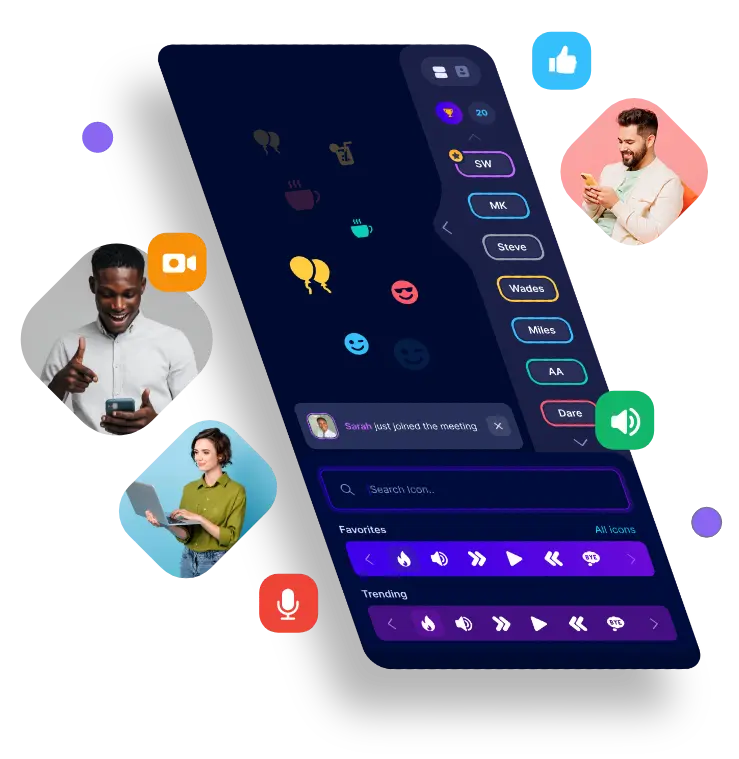
Low employee engagement is not just an 'HR problem'; it has a substantial impact on organizations' bottom lines. Neglecting employee engagement can have severe repercussions, including decreased productivity, increased turnover, and a degradation of client interactions. In fact, per Gallup’s 2023 State of The Global Workplace Report, when asked “If you could make one change at your current employer to make it a great place to work, what would it be?", a staggering 35% of responses stated - “engagement”. In fact, disengaged employees cost the global economy $8.8 Trillion annually in lost productivity. What's the solution? Gamification. When done properly gamification has shown to boost attendance, participation and performance. How do we know? Because over the past 10 years we've raised $7M in research funding to study how to use gamification to boost engagement (see the research)! Let’s dive into the negative effects and how gamification can help avoid these issues.
Decreased Productivity
Disengaged employees are not productive, as their lack of motivation and commitment hampers their output. This decline in productivity can inhibit a company's growth and profitability. Gamification, however, can make employees happier and more productive at work. It interjects fun and collaborate elements that help employees process information in a comfortable way, thereby reducing stress and increasing job satisfaction.
Increased Turnover
Low employee engagement significantly influences turnover rates. When employees are disengaged, they are prone to leaving, resulting in elevated costs associated with recruitment and training for new hires. Introducing gamification, which incorporates game elements into the workplace, can effectively address this issue. By integrating these elements, organizations can cultivate a more stimulating and fulfilling work environment, ultimately reducing turnover rates. Research conducted by Zippia, indicates that workplaces incorporating gamification have experienced an average increase in employee happiness of 89%. Additionally, gamification can serve as a powerful tool for attracting new talent, showcasing an organization's dedication to innovation and employee well-being.
Degraded Client Interactions
Disengaged employees are often afflicted with low morale, which can negatively effect their client interactions, which can hurt an organization's reputation and customer satisfaction. Gamification can play a major role In improving employee morale and engagement through certain elements like rewards, scoring, goals and more. When employees are engaged and happy, they are more likely to provide excellent customer service and more positive client interactions.
Neglecting employee engagement can have severe negative effects on an organization's productivity, turnover rate, and client interactions. However, these effects can be mitigated through the proper use of gamification. By introducing game elements into the workplace, organizations can increase employee happiness, productivity, and retention, leading to improved overall performance
Townhall Powers Up Zoom Engagement

Townhall leverages research-based gamification to fuel Zoom engagement. Reducing stress and improving employee retention by transforming passive attendees into dynamic doers.
Built on over $7M in research funding from elite organizations such as the National Science Foundation (NSF), Financial Industry Regulatory Authority (FINRA), and the US Army, Townhall's research-based approach and design has been validated in over 30 publications in peer-reviewed journals and books.
Read about how a major university in Boise, ID increased classroom engagement by utilizing Townhall's services and software.

